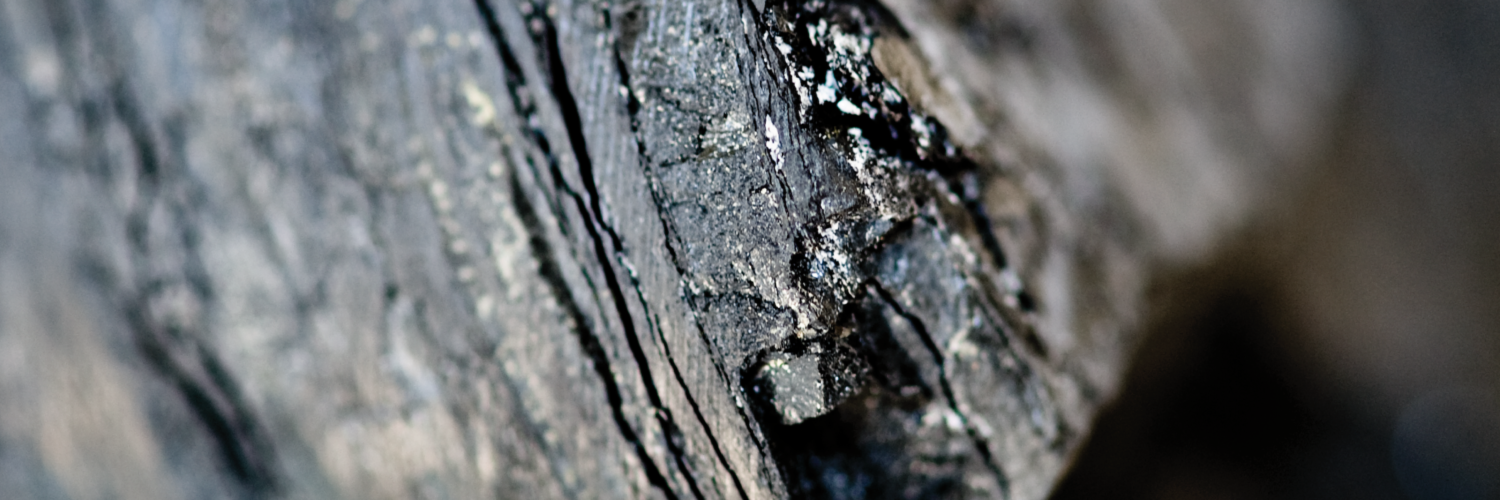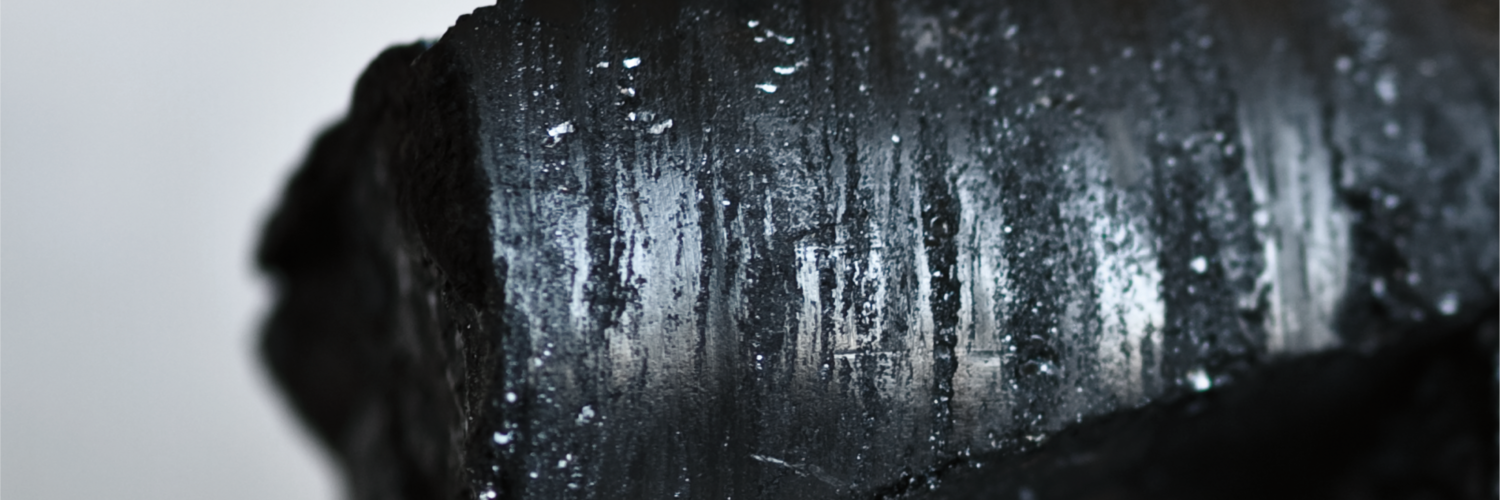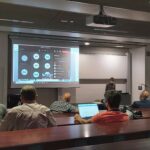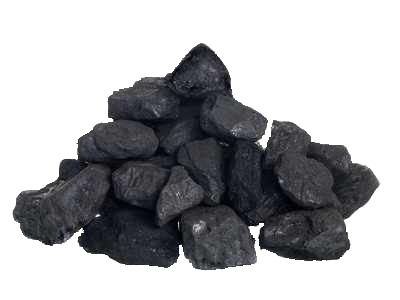




Coal bed methane: a scientific project
for a low carbon energy
Lorraine gas resources
In Lorraine, there are still extensive coal deposits which remain unexcavated since coal mining stopped in France in 2004 with the closure of the Houve mine. The Lorraine coal still contains significant resources of natural gas called coal bed methane (CBM).
With Regalor, it is the first time scientists are involved with industrials to provide recommendations before the launching of exploitation. Even if the context is favourable, researchers’ expertise will highlight the feasibility of a low carbon coal bed methane exploitation in Lorraine.
Their mission is to decide on the impact of a coal bed methane exploitation for environmental, territorial, geologic and social matters.
Initiated in 2012 by the Lorraine region, financed by the European Regional Development Fund, Regalor is a scientific research project. Teams from GeoRessources laboratory (Université de Lorraine – CNRS) hold this project, in partnership with la Française de l’Energie and 4 laboratories of Université de Lorraine.
News
-
 Science & You, international event on scientific and technical culture31 August 2021/0 Comments
Science & You, international event on scientific and technical culture31 August 2021/0 Comments -
Visit of the Wendel Miners Museum9 July 2021/
-
 Monitoring committee of the Regalor projct29 June 2021/
Monitoring committee of the Regalor projct29 June 2021/
ambitious Objectives
Quantification of the gas resources
- Definition of regional hydro-geologic models
- Compatibility between extraction methods and the gas desorption problem
- Definition of an environmental monitoring strategy
- Construction of scenarios about coal bed methane evolution and its social perception
Extraction and development of gas
- Construction of a prototype well based on data from preliminary studies
- Establishment of a European demonstrator

Coal bed methane
Trap in flood coal veins, the gas in Lorraine is composed of more than 95 % methane. Tectonic moves parcelled out the Lorraine underground. Gas can release from the coal veins without hydraulic fracking but by pumping water.
